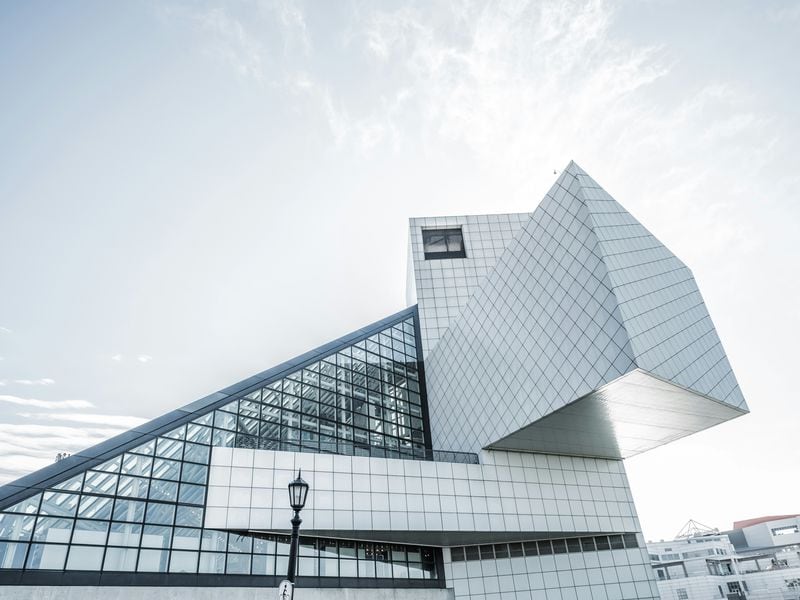Bitcoin Mining Difficulty Posts Second Biggest Percentage Drop in Its History
Source: Coin Metrics; difficulty recorded at last block mined at the beginning of each 2-wk period; data as of March 26, 2020
Bitcoin Mining Difficulty Posts Second Biggest Percentage Drop in Its History
A key measure of competition among Bitcoin miners just dropped by 15.95 percent – the second-largest decline in the network’s history.
The drop in so-called mining difficulty signals some miners have bowed out of the ongoing race to solve math problems to win freshly minted bitcoin, as a decline in the cryptocurrency’s price has made this activity less profitable. That said, the drop could work in favor for those who have chosen to stay in the game as less competition means individual miners would gain a bigger cut in Bitcoin’s daily mining output.
The world’s largest blockchain network by market capitalization adjusted its mining difficulty around 3:00 UTC on March 26 to 13.91 trillion (T), down from 16.55 T in the previous cycle recorded on March 9. Two weeks ago, bitcoin suffered its worst sell-off in seven years, and it has only partially recovered since.
Mining requires powerful, specialized computers that consume copious amounts of electricity, and these businesses typically pay those hefty bills by selling or borrowing against their bitcoin.
The price drop has erased all gains in Bitcoin’s computing power from the last three months, pushing it back to the level seen around Dec. 20. The situation was weighing especially on mining operators that have been running with older equipment such as Bitmain’s AntMiner S9 and other equivalent models.
The third-biggest drop in Bitcoin mining difficulty was 15.13 percent, recorded in December 2018 amid a price crash at the time. The largest difficulty percentage drop in Bitcoin history dates back to October 2011.
Bitcoin’s mining difficulty is programmed to adjust itself every 2,016 blocks – which normally takes about 14 days – in order to keep the average block production interval at about 10 minutes.
When a sizable amount of computing power on the network has been switched off during a 14-day cycle, it increases the time for remaining miners to produce the 2,016 blocks. As such, the bitcoin network would make it less difficult to mine in the next cycle.
Similarly, if a significant amount of processing power has plugged into the network in any cycle, shortening the average block production interval, the network will increase its difficulty in the next cycle. As a result, individual miners would generate less bitcoin since competition has intensified.
Bad timing
What has worsened the situation for mining operators in the last 17 days is that mining difficulty had reached an all-time high on March 9 – just a few days before the March 12 price crash – and yet still more than two weeks away before it could adjust itself.
The recent price plunge, coupled with record mining competition at the time, had made more than two dozen old bitcoin mining models unable to generate daily profits in the past two weeks, according to data from mining pool f2pool, assuming electricity cost is at an average $0.05 per kilowatt-hour.
The total average computing power generated by all the mining equipment on the bitcoin network over the past two weeks has also declined from 118 exahashes per second (EH/s) in early March to now about 99 EH/s.
Chris Zhu, co-founder and COO of Chinese mining pool PoolIn said on March 12, following the price plunge, that he expected the network’s hash rate to drop by 20-30 percent in the next weeks, based on the hash rate decline on several major mining pools at the time.
And that has led to the increase of the average block production interval to nearly 12 minutes, subsequently prolonging the adjustment period to 17 days, meaning incumbent miner operators had to wait three more days than usual before they could mine more bitcoin while still having to pay electricity costs.
That said, with the significant mining difficulty drop in the current cycle and bitcoin’s price bouncing back above $6,600, older mining equipment like Bitmain’s AntMiner S9 is able to bring modest daily profits again, according to PoolIn’s data.
Meanwhile, the latest and most powerful miners delivered by Bitmain, MicroBT and Canaan since late 2019 continue to generate profits as they boast a higher mining efficiency.
All of the three major mining equipment manufacturers have also been racing to deliver even more top-of-the-line mining machines in the coming months as bitcoin’s halving event approaches, which will reduce the network’s mining rewards per block from 12.5 to 6.25 bitcoin.
Disclosure Read More
The leader in blockchain news, CoinDesk is a media outlet that strives for the highest journalistic standards and abides by a strict set of editorial policies. CoinDesk is an independent operating subsidiary of Digital Currency Group, which invests in cryptocurrencies and blockchain startups.









